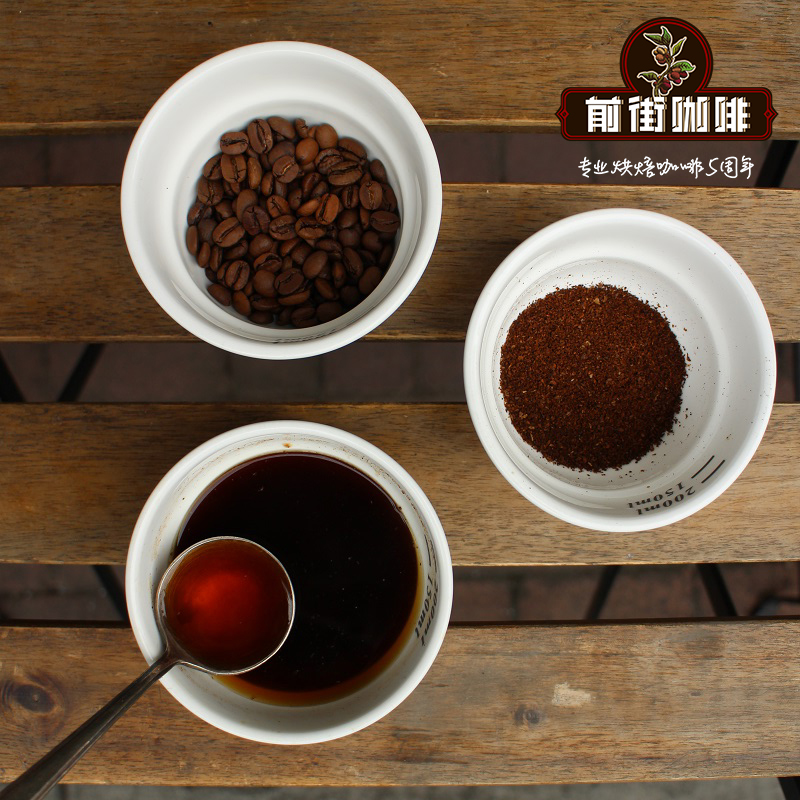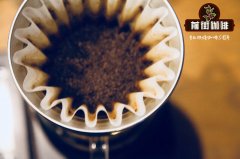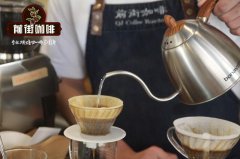Burundian coffee bean brand recommends Burundian coffee growing environment what is the Burundian agribusiness plan?

Professional coffee knowledge exchange more coffee bean information please follow the coffee workshop (Wechat official account cafe_style)
Burundian coffee bean AA bourbon
The cultivation of Burundian coffee beans began in the 1930s.
Now more than 80,000 households are engaged in coffee cultivation.
And on the one hand, most of the plants that make mixed bananas and legumes are growing coffee.
Smell like citrus, smell like nuts
It has a soft smell like toast.
Sour and physically strong.
The height of Burundian coffee beans is about 1650 to 1950m (high!), the average annual rainfall is in 1300mm (moderate amount!), and the volcanic soil (nutrition!) is fully in line with the conditions for the production of super quality coffee. The main tree species planted are ancient bourbon (old good!), which is a kind of Arabica.
There are a total of 600000 small coffee farmers in Burundi, each with 200,300 coffee trees, with an annual output of about 12,000 to 25,000 tons.
With the influence of the new government's privatization and liberalization policies, investors began to buy or build their own washing treatment plants. In 2008, of the 159 processing plants, only 11% were owned by individuals. But by June 2012, 47.5% of the 175 plants were privately owned and the rest state-owned.
At present, Burundi is vigorously promoting BAP (Burundi Agribusiness Program/ Burundian agribusiness project), a five-year project sponsored by USAID (United States Agency for International Development), which aims to improve the supply chain of the coffee industry. The BAP project is organized and implemented by Development Alternatives, Inc. (DAI), a consulting firm, with technical support from Michigan State University and support from Alliance for Coffee Excellence (ACE) and Sustainable Harvest on coffee. BAP has four priorities:
1. Promote the pace of privatization and liberalization of the coffee industry
two。 Assist production organizations or small farmers to improve the refinement process and the quality of growing coffee
3. Develop the market of boutique coffee in the United States, Europe and Asia
4. Increase coffee production
Since 2007, BAP has worked with everyone in the coffee supply chain, from producers to buyers, hoping to give way to Londi to understand what kind of coffee they are producing and to let them know about sustainability and the different needs of the global market.
Since small farmers are mostly responsible for coffee production in Burundi, and small farmers cannot afford the equipment to process coffee beans, they will send the harvested coffee cherries to the nearest processing plant, so Burundian coffee beans are named and exported after the processing plant.
Burundian coffee bean brand recommendation
Burundian coffee beans roasted on Qianjie Coffee are fully guaranteed in terms of brand and quality. And more importantly, the performance-to-price ratio is extremely high, a pack of 227 grams, the price is only 85 yuan. According to the calculation of 15 grams of powder per cup of coffee, a bag of coffee can make 15 cups of coffee for less than 6 yuan each, which is recommended by conscience compared to the price of tens of yuan a cup sold in a coffee shop.
Important Notice :
前街咖啡 FrontStreet Coffee has moved to new addredd:
FrontStreet Coffee Address: 315,Donghua East Road,GuangZhou
Tel:020 38364473
- Prev

How do you drink Burundian coffee? How much is the Burundian coffee bean by hand?
Professional coffee knowledge exchange more coffee bean information please follow the coffee workshop (Wechat official account cafe_style) brief introduction of Burundian coffee bean producing areas Burundi, the heart of Africa. According to the statistics of the World Bank in 2011, about 600000-800000 families in Burundi depend on coffee for a living, and coffee is the core of Burundi. Bloom
- Next

What is the flavor of Burundian coffee beans? how do Burundian coffee drink Burundian coffee beans? is the price expensive?
Professional coffee knowledge exchange more coffee bean information please follow Coffee Workshop (Wechat official account cafe_style) Burundian Coffee Bean-Butan Ministry Cooperative this is a cooperative located in Bujumbura Province. The small cooperative, which has about 3000 members, each has a very small farming area of no more than 1 hectare, so it is very skilled in handling it.
Related
- Detailed explanation of Jadeite planting Land in Panamanian Jadeite Manor introduction to the grading system of Jadeite competitive bidding, Red bid, Green bid and Rose Summer
- Story of Coffee planting in Brenka region of Costa Rica Stonehenge Manor anaerobic heavy honey treatment of flavor mouth
- What's on the barrel of Blue Mountain Coffee beans?
- Can American coffee also pull flowers? How to use hot American style to pull out a good-looking pattern?
- Can you make a cold extract with coffee beans? What is the right proportion for cold-extracted coffee formula?
- Indonesian PWN Gold Mandrine Coffee Origin Features Flavor How to Chong? Mandolin coffee is American.
- A brief introduction to the flavor characteristics of Brazilian yellow bourbon coffee beans
- What is the effect of different water quality on the flavor of cold-extracted coffee? What kind of water is best for brewing coffee?
- Why do you think of Rose Summer whenever you mention Panamanian coffee?
- Introduction to the characteristics of authentic blue mountain coffee bean producing areas? What is the CIB Coffee Authority in Jamaica?

